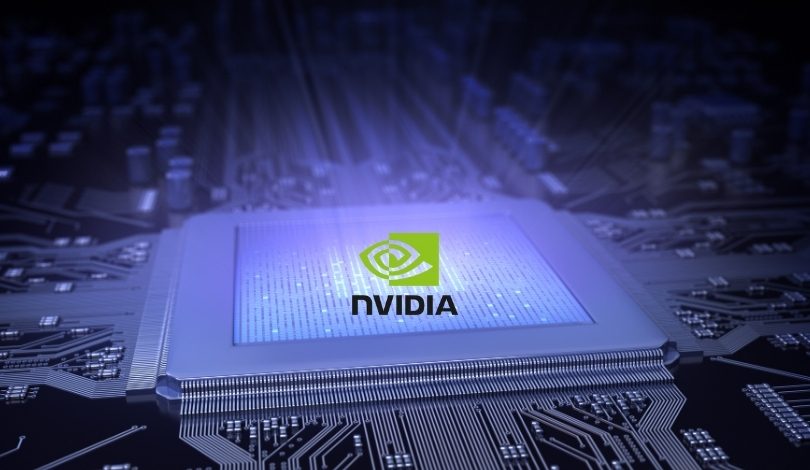In an era of global trade uncertainties, Nvidia finds itself at a crossroads, balancing technological advancement with economic realities. The company’s popular GeForce GPUs now stand on shaky ground due to lingering tariff threats despite a recent trade deal. The compounding challenges highlight the fragility of tech supply chains and how even international agreements may not insulate companies from the complexities of global trade policies. Investors and consumers alike await the unfolding consequences on product prices and availability in the upcoming months.
Nvidia’s challenges have roots in previous trade battles between the United States and China that saw tariffs applied to a broad range of tech components. These tariffs impacted the cost of production and resulted in ripple effects across supply chains. Although a temporary truce seemed to ease tensions, new threats have reignited concern. Nvidia, a leader in graphics technology, thrived through past uncertainties; nonetheless, ongoing negotiations put the company in a precarious position as it navigates future scenarios.
How is Nvidia Responding?
Nvidia has made strategic decisions to mitigate the impact of potential price hikes. By diversifying its supply chain and exploring new markets, the company aims to cushion the effect of fluctuating tariffs. Additionally, Nvidia considers revising pricing strategies to maintain competitiveness in case regulatory changes affect the cost of GPUs. This adaptability showcases Nvidia’s proactive measures to sustain its edge in the semiconductor industry.
What is the Consumer Impact?
Consumers could face increased prices for entirely new GPUs should escalated tariffs materialize. The potential boycott of certain materials essential for GPU production might further complicate availability. As consumers become more price-conscious, Nvidia has to balance pricing strategies with customer loyalty and brand perception. The company faces the challenge of keeping its flagship products accessible to diverse demographics without sacrificing profitability.
Why Do Trade Decisions Matter?
Trade decisions hold significant weight in the technology industry, affecting production costs, market access, and competitive dynamics. Tariffs, specifically, can distort market equilibria and alter the competitive landscape. Nvidia’s situation underscores the industry’s volatility linked to trade agreements, which can lead to unpredictable financial outcomes. Companies reliant on complex global supply chains must remain agile to respond to potential trade disruptions effectively.
While uncertainty looms over the sector, Nvidia continues to innovate and expand its market reach. The conversation surrounding tariffs and trade policy remains relevant as technology companies assess their roles in a rapidly evolving global economy. For Nvidia, staying informed about policy shifts and building resilience into its operations are crucial strategies as they navigate these turbulent times. Tech enthusiasts and stakeholders alike must remain vigilant as geopolitical and economic forces reshape the landscape. Nvidia’s adaptability and strategic planning will be key in addressing these challenges while maintaining its position as a leader in graphics technology.










